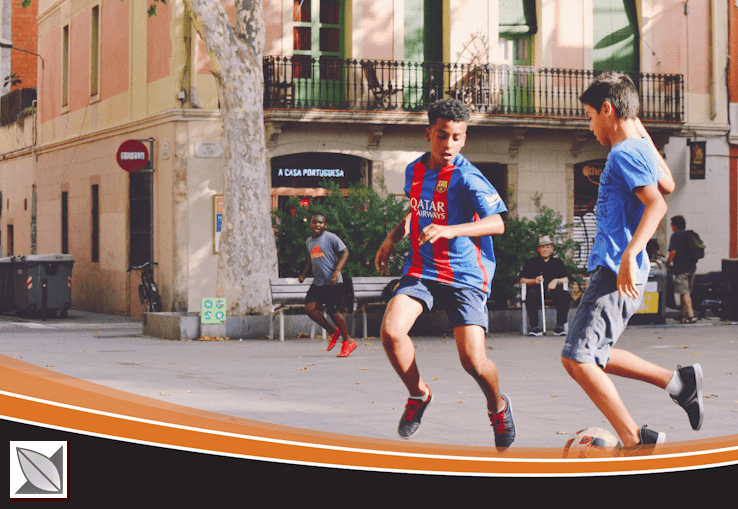From the Pitch to the Streets: How Soccer Unites Communities and Cultures

Soccer, more than just a sport, is a universal language spoken and understood across the world. It transcends the confines of the pitch, weaving into the fabric of communities and becoming a pivotal part of cultural identity. From local parks to grand stadiums, soccer is a phenomenon that brings people together, regardless of their background. This article explores the profound impact of soccer in uniting communities and cultures, highlighting its ability to bridge divides and celebrate diversity.
1. A Common Language in Diverse Cultures
Across continents, soccer serves as a common language that breaks down barriers. Whether it's in the bustling streets of Rio de Janeiro or the plains of Africa, the sport remains a shared passion, cutting across cultural, linguistic, and socio-economic differences. This section explores how soccer has become deeply ingrained in various cultures, becoming a symbol of unity and collective identity.
2. Grassroots Movements and Community Building
At the grassroots level, soccer is more than a game; it's a community builder. Local clubs and street games foster a sense of belonging and camaraderie, often providing a safe haven for youth and fostering a community spirit. Stories from around the world illustrate how soccer fields become the heartbeat of neighborhoods, bringing together people from all walks of life.
3. Soccer and Social Change
Soccer has the power to drive social change. It has been used as a tool for social justice, providing a platform to address issues like racism, poverty, and inequality. Highlighting initiatives where soccer has been at the forefront of promoting social change, this section delves into how the sport has been a catalyst for positive community transformations.
4. Bridging Divides: Soccer in Conflict Zones
In regions torn by conflict, soccer has often emerged as a unifying force. From fostering peace in war-torn communities to bringing together divided societies, the sport has the unique ability to build bridges. Examining specific instances where soccer has played a role in reconciliation and peace-building sheds light on its unifying power.
5. Celebrating Diversity Through International Competitions
International soccer competitions like the FIFA World Cup epitomize the sport's unifying spirit. They are global festivals that celebrate cultural diversity, bringing together nations in a shared love for the game. This section explores how these tournaments foster a spirit of global unity and mutual respect among diverse cultures.
6. The Role of Iconic Players in Fostering Unity
Iconic soccer players often transcend their sport, becoming symbols of unity and hope. Through their philanthropy, activism, and the way they embrace their roles as global ambassadors, these players contribute to bringing people together. This section highlights how players like Pelé, Messi, and others have used their influence to promote unity and understanding.
7. Community Engagement and Fan Culture
The culture of soccer fandom is a testament to the sport’s community-building power. From fan clubs to match day rituals, soccer fans create a sense of family and belonging that extends beyond the game. This section delves into how fan culture contributes to community engagement and solidarity.
Conclusion
Soccer’s influence stretches far beyond the goals, the wins, and the losses. It is a powerful force that unites communities and cultures, celebrates diversity, and fosters a sense of global kinship. In streets, parks, and stadiums across the world, soccer continues to be more than just a game; it's a unifying force that brings together people from different backgrounds, making the world feel a little smaller, a little closer, a little more connected.